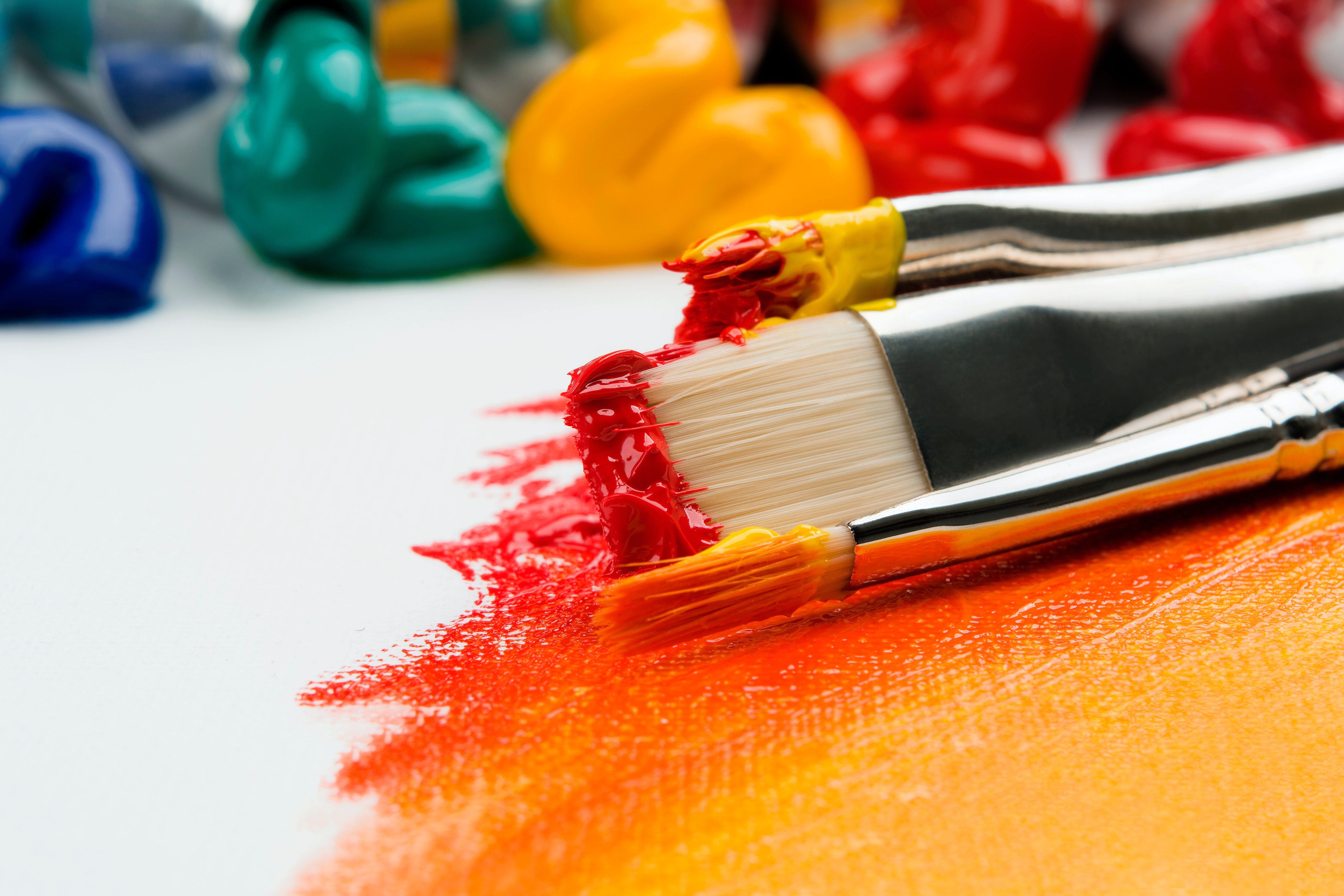
When it comes to painting, there are often several whites to choose from, and not all whites are the same! Whether you paint in oils, acrylics, watercolours, gouache, encaustics, inks, or pastels, there are a few things you should know about whites.
At the very least, most paint manufacturers offer two options: Titanium White or Zinc White. These two whites have little in common so it's a good idea to get familiar with them so you can make the right choice for your art.
Titanium vs. Zinc
| titanium | zinc |
 |
 |
|
Chinese Whites

To make matters more confusing, sometimes paint manufacturers call colours by different names. You may have noticed in the chart that Chinese White could be either a Titanium or Zinc White. In fact, it can contain a mixture of both Zinc and Titanium pigment (again depending on the manufacturer). This is where it becomes important to make note of the actual pigments used so you'll have a clearer idea of what to expect.
XTitanium Buff and Unbleached
Also noteworthy are Titanium Buff and Unbleached Titanium. The creation of Unbleached Titanium was originally a production accident in 1960 involving a batch of sub-par Titanium Dioxide pigment which became an instant favorite. The popularity proved problematic as it's difficult to reliably recreate an accident, so Titanium Buff was formulated to mimic the look of Unbleached Titanium: it contains a single pigment (Titanium Dioxide - PW 6) that has been chemically bonded with a tiny amount of Iron Oxide (Buff's Colour Index Name - PW 6:1).
 |
 |
| unbleached titanium | titanium buff |
Gesso
Gesso is an artist quality paint primer featuring a stark white appearance and chalky feel (once dry). Applying Gesso to a surface before you paint serves several purposes:
- it literally whitewashes away any blemishes, discoloration or even previous sketches or paintings
- it creates an toothy, absorbent layer for your paint to adhere to
- it prevents the substrate (canvas or board, etc) from absorbing too much of your paint; improving paint application and saving you time and money

Other Whites
Although Titanium and Zinc are the most common whites, some old-school oil painters will know about traditional whites often named Flake White, Silver White, Underpainting White, Foundation White, or Cremnitz White. They are undeniably the most opaque whites, however, the pigment used for these whites is made of powdered lead! They are mind-bogglingly toxic and many paint makers have discontinued making them. For this lead-based pigment, the Colour Index Name is PW 1, so if you see this particular pigment listed on a tube of paint, maybe avoid buying that one...

Remember to stay safe, have fun, and live to paint another day!

lead white pigment





